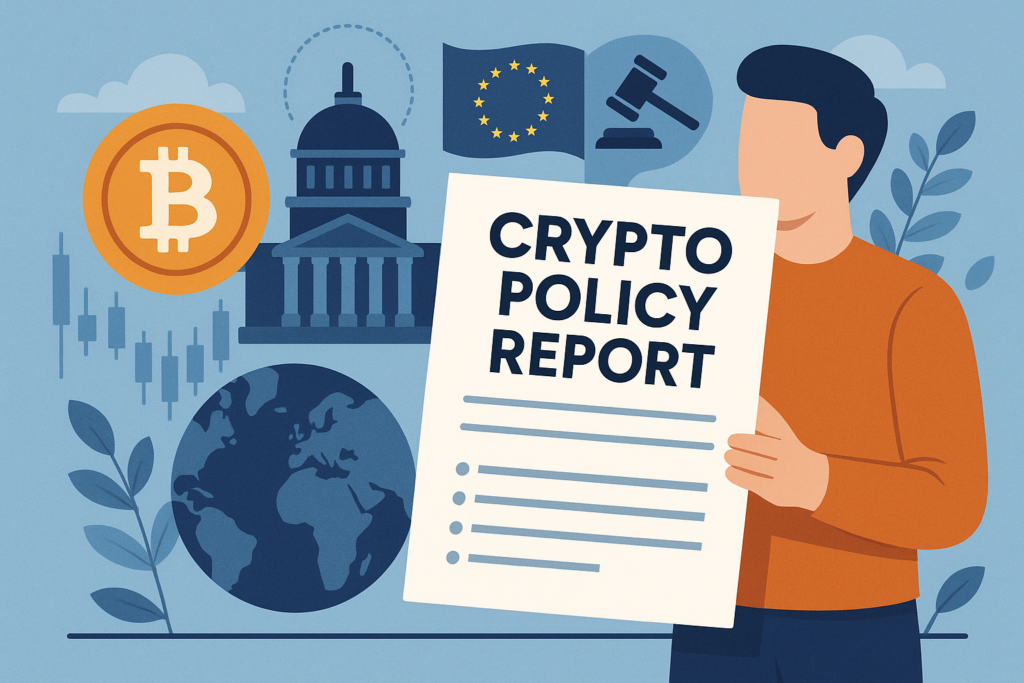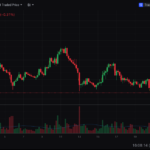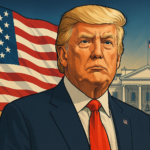Overview
The global landscape of cryptocurrency regulation is evolving rapidly. In July 2025, several countries introduced or updated crypto-related policies that could significantly impact investors, exchanges, and blockchain projects. This report summarizes the most important developments.
🔍 United States: Regulatory Tug-of-War Continues
- SEC vs. Ripple (Update): The SEC filed a new appeal against Ripple’s partial victory in 2023, reigniting uncertainty around XRP classification.
- Stablecoin Bill Advances: A bipartisan bill aimed at regulating stablecoin reserves and audits passed the House Committee stage. If enacted, it will require issuers to maintain 1:1 fiat backing.
Implication: More legal clarity for stablecoins but ongoing risks for altcoins.
🇪🇺 European Union: MiCA Enforcement Begins
- As of July 1, the Markets in Crypto-Assets (MiCA) regulation officially came into effect.
- Exchanges and wallet providers must now register, conduct KYC checks, and follow anti-market manipulation protocols.
Implication: Increased compliance costs for startups, but higher investor trust.
🇭🇰 Hong Kong: Welcomes Altcoin ETFs
- The Hong Kong Securities and Futures Commission (SFC) approved Ethereum and Solana spot ETFs.
- Institutional inflow is expected to grow, especially from mainland China investors.
Implication: Hong Kong strengthens its position as Asia’s crypto finance hub.
🌍 Global Trends
- CBDCs: 138 countries are now exploring central bank digital currencies. India and Brazil have started pilot tests.
- Privacy Coins Under Pressure: Monero and Zcash face delisting threats from multiple exchanges due to FATF compliance guidelines.
📌 Conclusion
Crypto regulation is entering a new phase: from speculation to structure. While some rules tighten, others open the door for institutional growth and cross-border adoption. Investors must stay informed, as legal frameworks can significantly shape market behavior and innovation.







